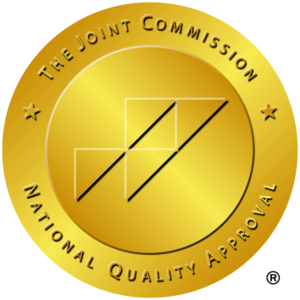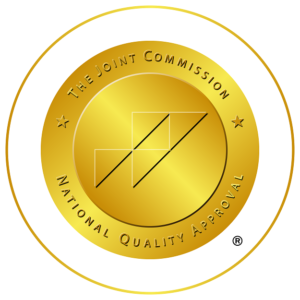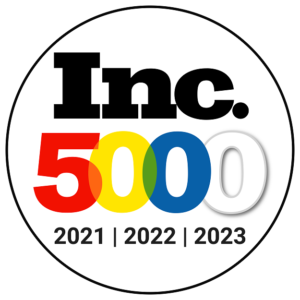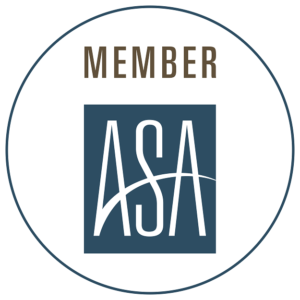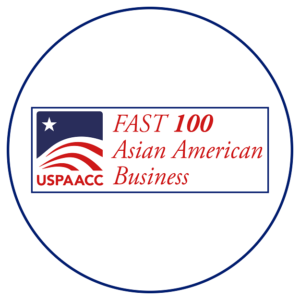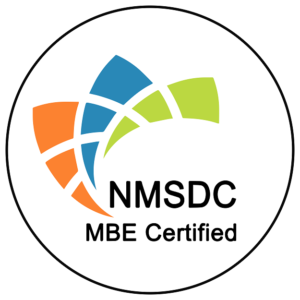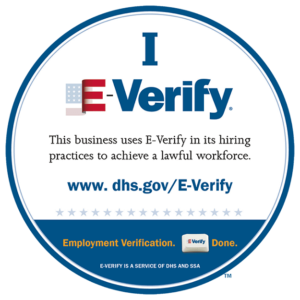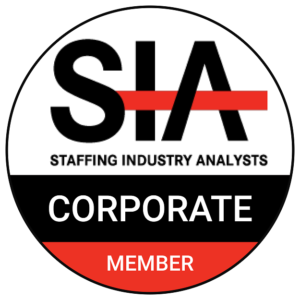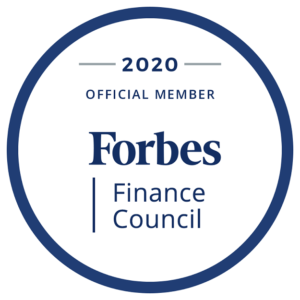I wrote a few weeks ago about some of the things organizations can do in creating a successful interview process to “rais the bar.” I have concentrated on institutional approaches that can change the way businesses assess applicants to create a level playing field and make better hiring decisions. The elimination of bias at the structural level is crucial for any company that wants to create a diverse organization.
But there’s also stuff that people can do to eliminate prejudice in recruiting and making decisions. Research has found that knowledge of prejudice alone is not enough, rather we must constantly challenge ourselves to resolve our prejudices. Here are three ways to reduce interviewer bias:
1. Create and establish clear criteria
In my last column, I suggested that companies conduct more successful interviews to assess individuals based on relevant skills. But even if this is not what your organization does, you should build your own processes to make sure your decisions are as objective and unbiased as possible. A wealth of research indicates that identifying the qualifications needed for a position in advance, and a strategy to assess those qualifications in your interview can lead to better and less selective recruiting.
In one of my favorite studies on this subject, researchers showed participants resumes of two hypothetical candidates, one with more education (“book smart”) and one with more experience, and asked participants to choose which candidate was better qualified for the role of the police chief. Participants selected the novel, smart nominee when the curriculum vitae were anonymous. The researchers then gave the book’s intelligent candidate a male name, and the street smart candidate a female name. Participants have again opted for the novel, the smart nominee. But when the genders were reversed, a female name was given to the book smart candidate and the street smart candidate male name participants voted the male, street smart candidate for the first time. Participants justified their decision in each scenario by arguing that the chosen CV had the most important qualifications for the role. Participants unintentionally changed their opinions on the skills required to adapt their gender-based expectations to the position. Ironically, researchers have found an efficient way to reduce bias. Through asking participants to decide in advance whether the task was more important to book smarts or street smarts, and then giving them the two resumes, the disparity vanished and men and women were equally evaluated.
What this study shows us is that we are likely to be influenced by gut instincts about who we think may be a better fit for a job if we don’t determine in advance which requirements are relevant. Effective instincts are full of partiality, perhaps predictably. If instead we determine what credentials are relevant before meeting any applicants, and keep interviews based on assessing those qualifications, we will be performing less biased interviews and making better decisions.
2. Consider rising prejudices prior to an interview
Interestingly, research has found that people who believe their own opinions are objective and unbiased in making hiring decisions are much more likely to be biased. Rather than pretending, we are unbiased, we can believe we are not, and actively engage in techniques to combat our own prejudices. One way to do this is to consider common prejudices that will likely affect your decision before entering into an interview. Before the interviews, here are two important prejudices to remember:
Close to Me bias: Research has revealed that interviewees have an implicit propensity to favor similar people. If you have things in common with a candidate, you may prefer that candidate over one with whom you do not share similarities, regardless of who is best suited for the job. This is a hard prejudice to overcome, but by being mindful of it we can mitigate it, recognizing that it is not something we want to impact our hiring decisions, and actively noticing when it could affect our candidate viewpoint.
Confirmation bias: Confirmation bias is the propensity to try or interpret information in a way that supports your existing beliefs. An interviewer usually creates a candidate’s first impression within a few minutes of meeting them; as a result of confirmation bias, the interviewer may then spend the remainder of the interview searching for information to validate that first impression. In light of this pattern, interviewees who want to evaluate people equally and accurately should force themselves to consider and question first impressions, keeping an open mind throughout the interview.
3. Describe detailed feedback
If people feel responsible for their choices, bias is less likely to influence certain decisions. In the sense of the interview, one great tool of transparency is to take the time to write reviews shortly after meeting him or her about a nominee. Ideally, the notes should include the candidate’s questions, a review of the responses, your decision on whether to move forward and the factors that contribute to that recommendation. The simple act of articulating the rationale for your decision will make the decision-making process more rational and, as a result, less biased.

